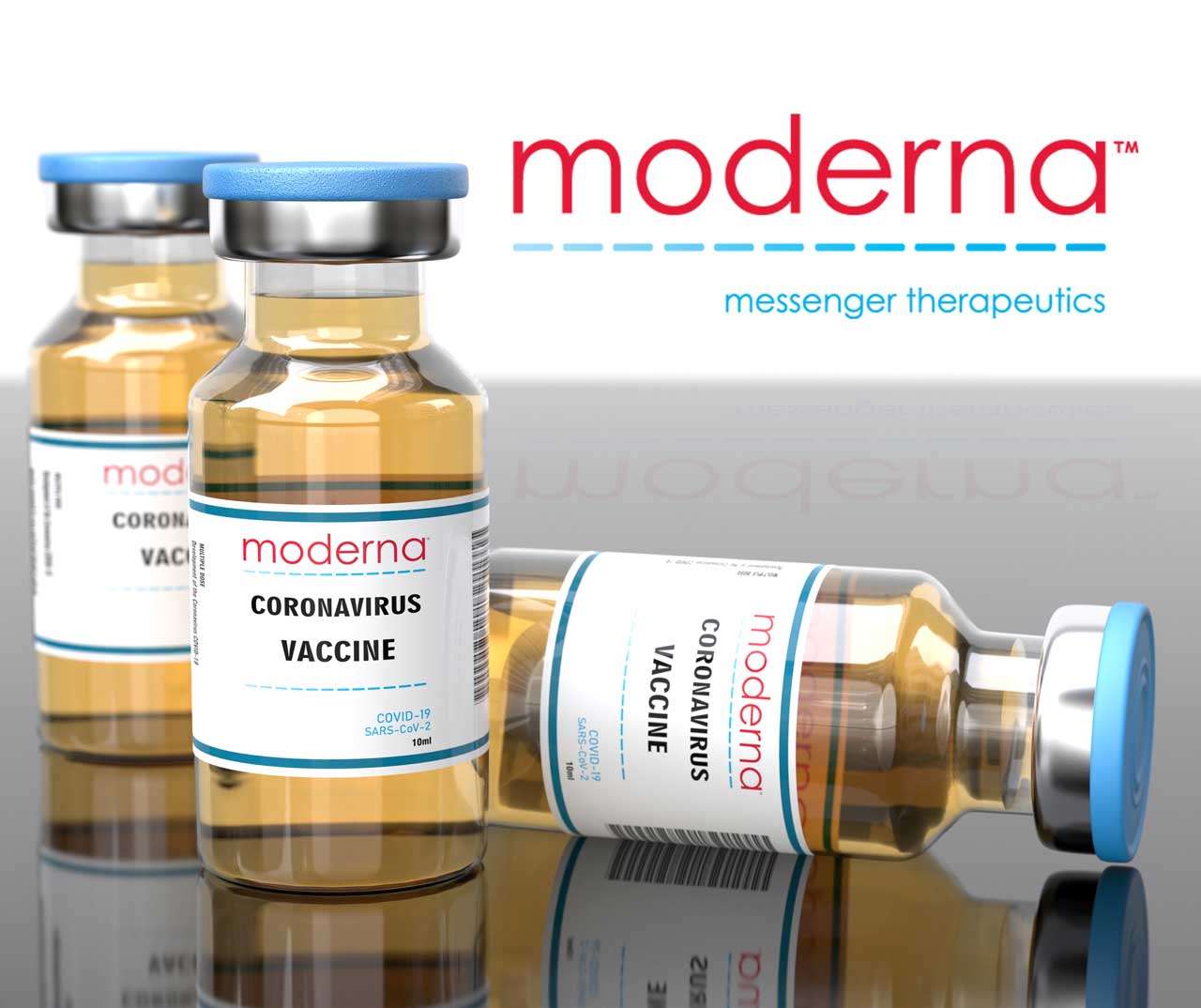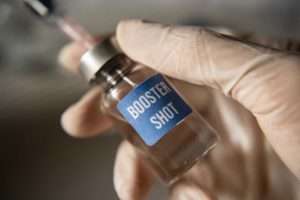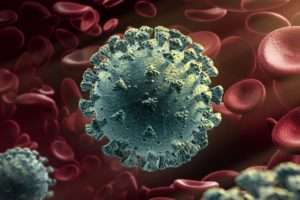When a startup biotech company asked the National Institutes of Health (NIH) for the genetic sequence of a “mystery virus outbreak” in China, they knew that they were ready to work on a vaccine. Despite the fact that they have never put a working vaccine out in the market, the company’s CEO, Stephane Bancel, said that they are ready to work on one against COVID-19.
Just 42 days after receiving the virus’s genetic sequence, Moderna sent the first batch of a potential coronavirus vaccine to NIH for clinical trials. People were pretty excited since it was the fastest timeline in the history of vaccine development. Here is important information about the second Coronavirus vaccine to be issued an Emergency Use Authorization by the FDA.
General Information
Name: mRNA-1273
Manufacturer: ModernaTX, Inc.
Type of Vaccine: mRNA
FDA EUA Status: Moderna’s coronavirus vaccine acquired an Emergency Use Authorization (EUA) from the United States Food and Drug Administration on December 18, 2020. This authorization allows this to be used for preventing COVID-19 caused by SARS-CoV-2 in the U.S.
Multidose vial: 10 doses per vial
Dosage: 0.5 mL
Age indications: 18 years of age and older
Schedule: 2-dose series separated by 28 days. (The first Moderna COVID-19 vaccine shot should only be completed with the same product)
Administer: Intramuscular (IM) injection in the muscle of the upper arm (deltoid muscle)
Ingredients: The Moderna COVID-19 Vaccine ingredients are:
- Messenger ribonucleic acid (mRNA)
- lipids (SM-102, polyethylene glycol [PEG] 2000 dimyristoyl glycerol [DMG]
- cholesterol
- 1,2-distearoyl-sn-glycero-3-phosphocholine [DSPC])
- tromethamine
- tromethamine hydrochloride
- acetic acid
- sodium acetate
- sucrose
How Does the Moderna Vaccine Work
The mRNA in Moderna’s COVID-19 vaccine provides instructions to the cells on how to make a spike protein. After the piece of protein is created, the enzymes in the cells break down the mRNA and get rid of it naturally.
The spike protein is then displayed on the surface of the cells to trigger the immune system. An immune response is built and the immune system starts creating antibodies to fight off the protein that doesn’t belong in the body. This process equips the body with protection against future COVID-19 infection. The vaccine may not protect a vaccinated individual until 10 to 14 days after the second shot.
Moderna Vaccine Trial Summary
During clinical trials, the side effects that happen within 7 days after vaccination were common but mostly mild to moderate. Fever, chills, fatigue, and headache often occur after the second dose. Only a few people experienced severe side effects that made it difficult to perform daily tasks.
The Moderna COVID vaccine shows a 94.1% vaccine efficacy at preventing symptomatic COVID-19. This was based on evidence acquired during clinical trials wherein participants, who had not been previously infected, were given the complete 2-dose shots of the vaccine.
The vaccine shows high effectiveness on people, regardless of age, sex, ethnicity, and race, as well as on individuals with underlying medical conditions. There were a few people who needed to be hospitalized during clinical trials, but adverse events happened more often to those in the saline placebo group than the participants who received the Moderna vaccine.
Demographic information from clinical trials:
- Racial and ethnic categories – 79.4% White, 20% Hispanic/Latino, 9.7% African American, 4.7% Asian, and less than 3% other races/ethnicities.
- Age and sex breakdown – 52.6% male, 47.4% female, and 25.3% 65 years and older
- Around 82% of participants were workers who were at risk of exposure to SARS-CoV-2, 25.4% of whom are healthcare workers.
- 22.3% had at least one high-risk condition, such as lung or heart disease, obesity, diabetes, liver disease, or HIV infection.
- 4% of the participants had at least two high-risk conditions.
Who can get vaccinated: The Moderna vaccine is recommended for people aged 18 years and older.
Who should not get vaccinated: People with a history of anaphylaxis, a severe allergic reaction, to any of the ingredients of the vaccine should not get vaccinated. Pregnant women and breastfeeding mothers should consult with their health care providers.
Storage, Preparation, and Administration
Preparation: Moderna vaccine may be thawed in the refrigerator (between 2°C and 8°C (36°F and 46°F) for 2 hours and 30 minutes) or at room temperature (between 15°C and 25°C (59°F and 77°F) for 1 hour). Punctured vials should be kept between 8°C and 25°C (46°F and 77°F) for up to 12 hours. No reconstitution needed. It should be swirled before use, not shaken, due to its very fragile state.
Storage: Moderna vaccine may be stored in the freezer (between -25°C and -15°C (-13°F and 5°F) or in the refrigerator (between 2°C and 8°C (36°F and 46°F) for up to 30 days). A vial of vaccine that has been thawed can not be refrozen.
For more detailed information, check the Storage and Handling Resources at the Centers for Disease Control and Prevention website.
Side Effects: The vaccinated arm may experience pain, redness, and swelling. Common side effects are fever, chills, headache, joint pain, and tiredness.
After vaccination: This is the COVID-vaccine available at Statcare. After vaccination, patients are checked for allergic reactions for 15 minutes after vaccination. It is not given to those with a prior history of anaphylaxis (caused by anything) from a drug or a vaccine.
Severe allergic reactions include one or more of the following:
- Difficulty breathing
- Swelling of the face and throat
- Rapid heartbeat
- A bad rash all over the body
- Dizziness and fatigue
*So far, there has only been one recorded case of a severe allergic reaction to Moderna COVID vaccine.










